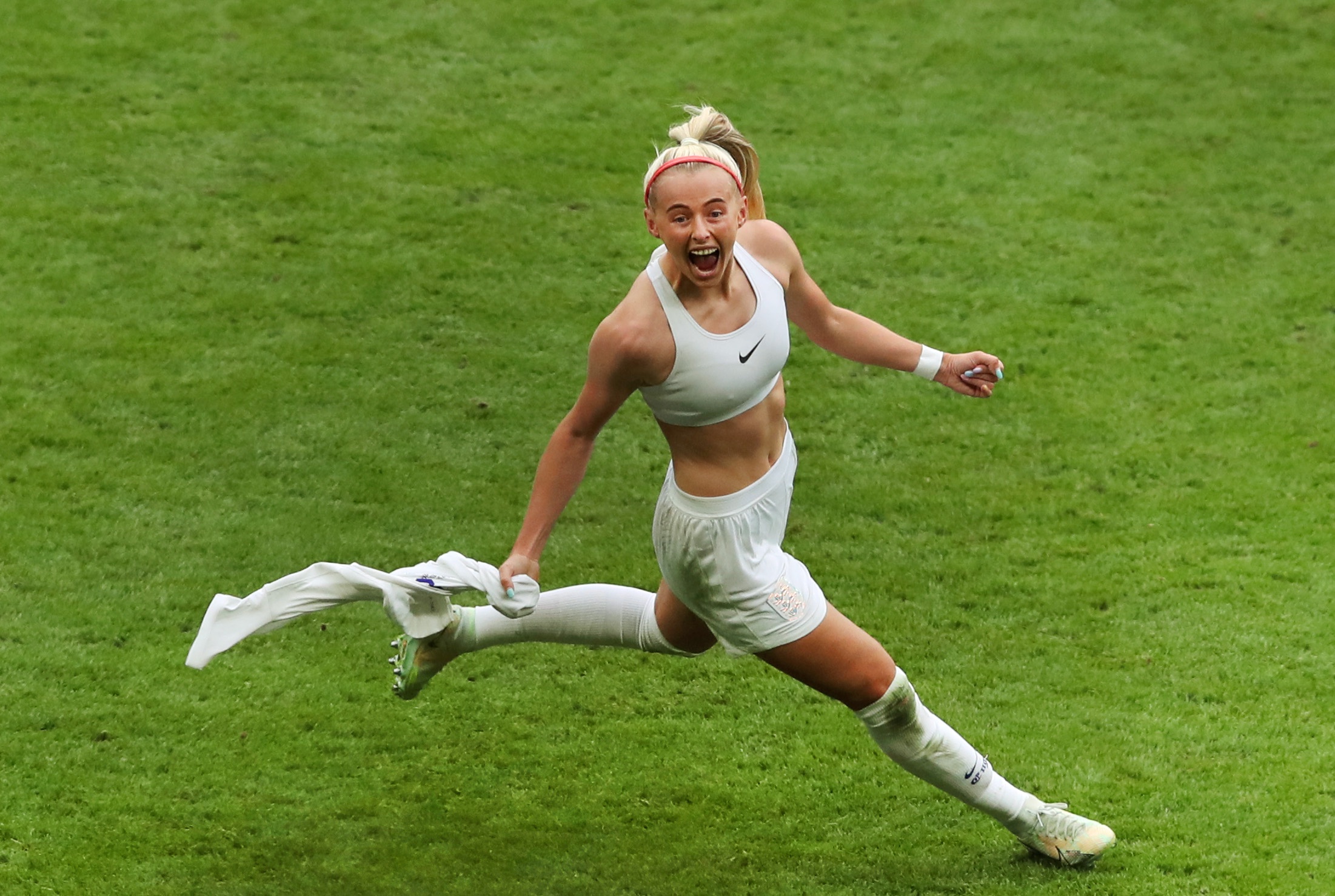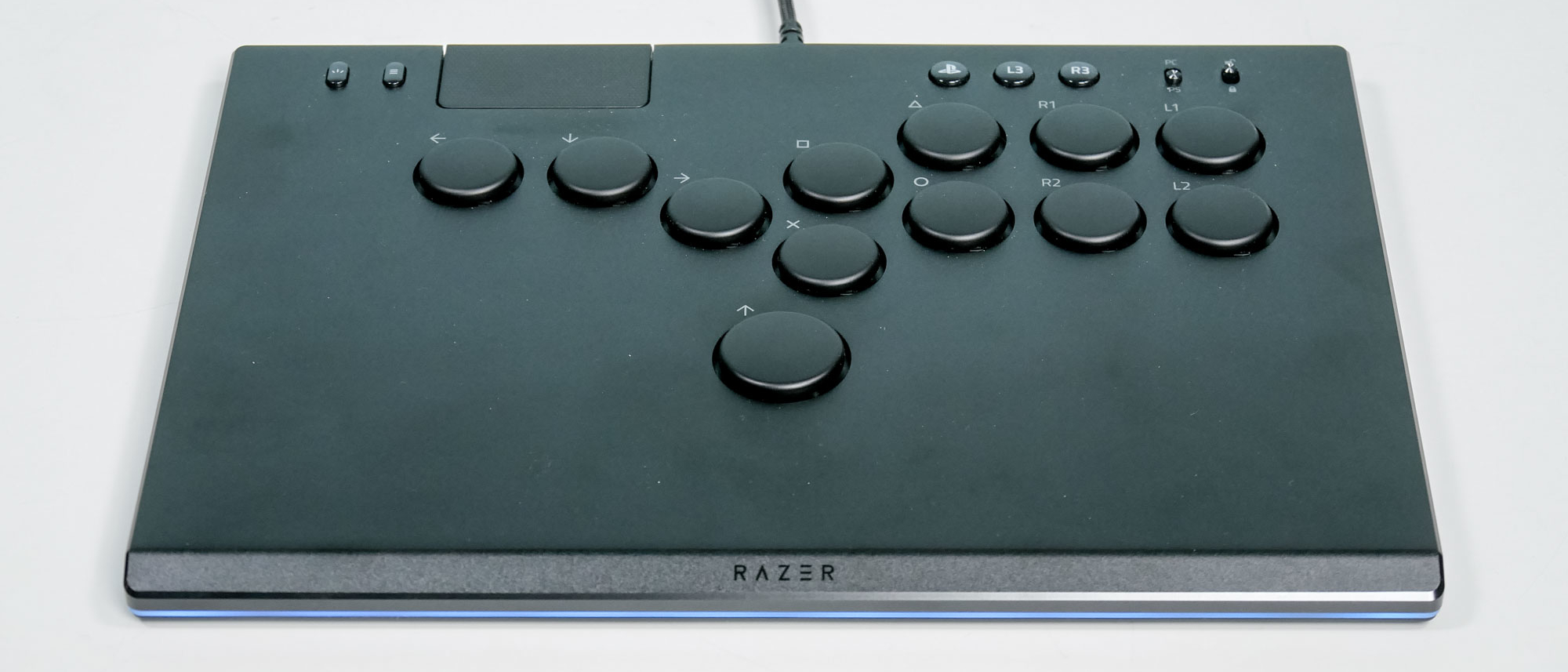I just tried Chloe Kelly’s leg workout — and wow
Want to score like soccer star Chloe Kelly? Try this workout.

When it comes to soccer heroes, there is only one name on everyone’s lips right now — Chloe Kelly, the England striker who scored the winning goal against Germany in the Euro 2022 final on Sunday. The image of Kelly waving her shirt above her head has gone viral, and for good reason: it was her goal that saw an England soccer team bring home its first major trophy in 56 years.
Yet it’s not been smooth sailing for the 24-year-old, who suffered a serious ACL injury that threatened her career. In May 2021, Kelly injured her anterior cruciate ligament — an injury that takes at least 12 months to recover from. It forced her to miss the Olympic Games in Tokyo last year, and meant she faced a race against the clock to be fit for the Euros this summer.
So how did the Lioness get back to game shape? A lot of hard work and physical training. To find out more, I put one of her leg workouts to the test, and it was anything but easy. Read on to find out what happened.
Looking for more workout inspiration? Here’s what happened when I tried the exact resistance band workout Chris Hemsworth used on the set of Thor: Love and Thunder, and when I added 100 dead bugs to my daily routine.
What is Chloe Kelly’s leg workout?
It goes without saying that Kelly, and the whole Lioness squad, will undergo a lot of training to get them to match fit, but a quick glance at her Instagram showed her putting in a gym training session that focused a lot on leg strength. Soccer involves a lot of running, but also a lot of balance and agility, as players switch direction and dart around the opposition at speed. It’s likely Kelly’s workouts will focus on cardiovascular endurance, but also strength training to build strong, resilient muscles in the legs that are more resistant to injuries on the pitch.
The workout also focuses on single-leg, or unilateral strength, which is important for sports like soccer, or running, where you’re putting all of your body weight through one limb at a time. Most people will have a stronger side, and during bilateral exercises such as squats, where you engage both sides of the body, the dominant side will often end up doing more of the work, increasing the strength discrepancy. For athletes like Kelly, who have suffered from an injury, strengthening the weaker side is even more important.
So let’s get to the workout. While it’s not clear how many reps of each exercise she was doing, or which weights she was lifting, here’s what her leg workout looks like:
Sign up to get the BEST of Tom's Guide direct to your inbox.
Get instant access to breaking news, the hottest reviews, great deals and helpful tips.
A post shared by Chloe Kelly (@chloekelly)
A photo posted by on
- Single-leg leg press on each side
- Romanian deadlifts
- Staggered stance deadlift on each side
- Jump squats
- Static lunges on each side
- Bulgarian split squat on each side
I tried Chloe Kelly’s leg workout — here’s what happened
As mentioned above, with no reps or weight guidance, I kind of had to make things up a little here. I completed the workout after an easy five-mile run, as I’m sure the Lionesses would also prioritize cardio, or would fit strength-training sessions in around time on the pitch, and as I’ve not played football since I was a kid, a run seemed like the safer option.
I decided to do three sets of 10 repetitions of each exercise, doing 10 reps on each leg of each of the single leg exercises before moving on. At the end of the set, I had a rest before moving on. Weight-wise, I opted for a total that was heavy by the final few sets, but also one that didn’t mean I had to compromise my form.
As a runner, I’m lazy when it comes to strength training, especially the unilateral exercises in this workout. I soon noticed that my left side was a lot weaker than my right, and I found the leg press much more difficult on this side. I also felt working one leg at a time forced me to engage my core to help me balance.
While I definitely won’t be scoring for England anytime soon, this workout reminded me that I need to spend more time working on my weaknesses in the gym in order to run stronger and faster.
Next: Here's what happened to my abs when I did 50 leg raises a day for 14 days.

Jane McGuire is Tom's Guide's Fitness editor, which means she looks after everything fitness related - from running gear to yoga mats. An avid runner, Jane has tested and reviewed fitness products for the past five years, so knows what to look for when finding a good running watch or a pair of shorts with pockets big enough for your smartphone. When she's not pounding the pavements, you'll find Jane striding round the Surrey Hills, taking far too many photos of her puppy.
